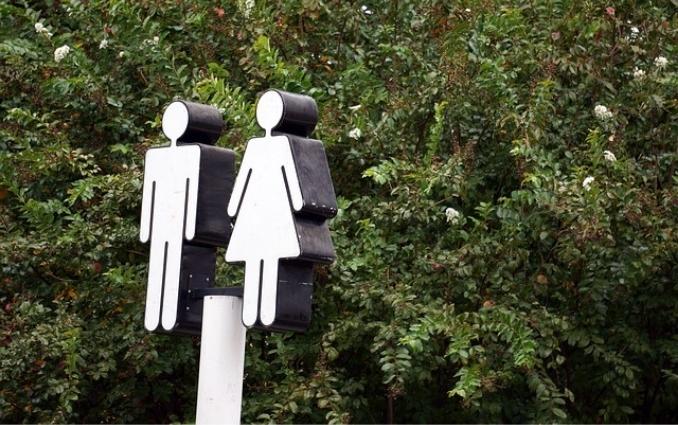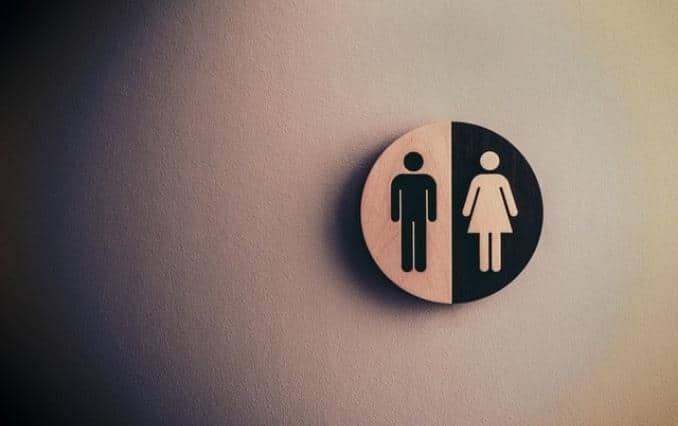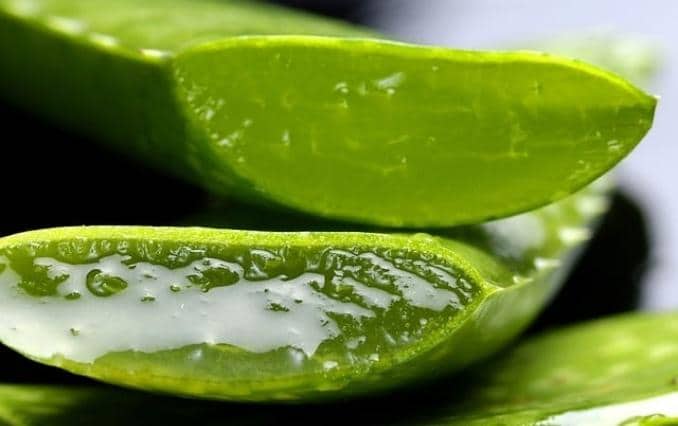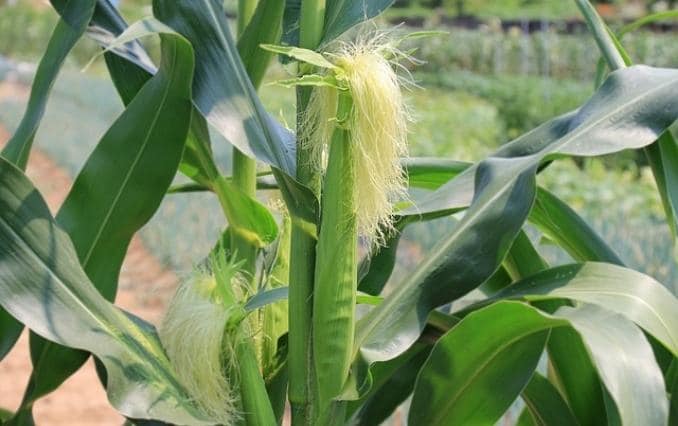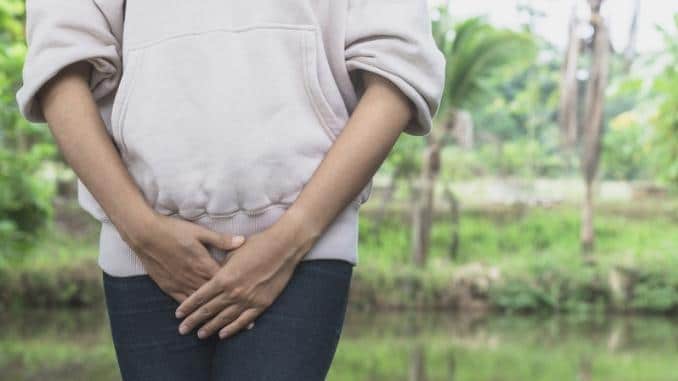
The urinary tract infection was gone, her doctor said, but Lauren was still in pain. It was a burning, hot sensation in her bladder area, and she still had the urgency, like she had to go to the bathroom every half hour.
These were symptoms of a urinary tract infection. She’d had them before, but once the infection cleared up, they usually went away. Why weren’t they going away this time?
Many women end up asking similar questions and, although there are other conditions that can cause bladder pain — including urinary tract infection, kidney stones, and cancer — when these are ruled out, what’s left is a condition called interstitial cystitis.
What Is Interstitial Cystitis?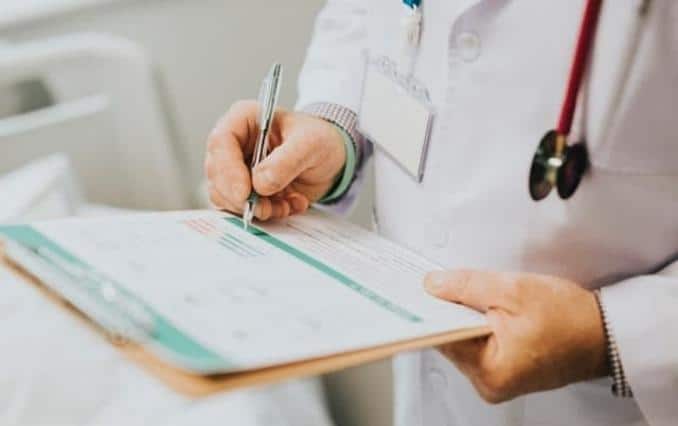
Also called bladder pain syndrome (BPS), interstitial cystitis (IC) is a chronic bladder issue that causes pain and pressure in the bladder area that typically gets worse as the bladder fills. The word “cystitis” is a medical term for inflammation of the bladder, and “interstitial” is a term describing the fibrous tissues within the bladder.
Doctors have identified two different types of IC:
- Non-ulcerative: This is the most common type, affecting 90 percent of patients. There are no ulcers or sores in the bladder, but there may be signs of bladder damage, including “glomerulations,” which are small red or purple spots on the bladder wall, indicating a minor bleed.
- Ulcerative: This is a much rarer type, affecting only 5 to 10 percent of patients. Small sores, also called “Hunner’s ulcers,” are present on the bladder wall. They are red, bleeding patches — like open wounds in the bladder.
IC (both types) may cause the following symptoms:
- Pain, aching and pressure in the bladder
- Pain in the urethra ―the tube that carries urine from the bladder out of the body
- Other types of pain, including pain in the lower abdomen and lower back as well as in the pelvic area
- Urinary frequency — the need to urinate more often than usual, often several times a day
- Nighttime awakenings to go to the bathroom
- Urgency — a frequent, strong or persistent urge to urinate
- Pain during intercourse for women, pain during orgasm or after sex for men
These symptoms tend to come and go, getting worse at some times and better at others, and they also vary in intensity, from mild to severe. Some patients will experience just a little sting or burning sensation whereas others may have a dull ache or even a piercing pain. Some will have periods where they have no symptoms, but then the symptoms may return.
Pain may get worse after consuming certain foods and/or beverages, during periods of stress or even during the menstrual period. Although the symptoms are similar to those that accompany a urinary tract infection, they exist without an infection and can get worse if an infection does develop.
The condition can affect both men and women, but it is believed to be more common in women, although there is some question about whether men diagnosed with “prostatitis” may have IC. Risk increases with age. Doctors make a diagnosis when symptoms have lasted for six weeks or more, and other potential causes have been ruled out.
How the Urinary System Works
To understand IC, it helps to understand how the urinary system works. The urinary tract is the body’s drainage system. It removes urine, which contains wastes and extra fluid, from the body. The following organs work together to accomplish this task:
- Kidneys: These are the body’s filters. Each about the size of a fist, they are located just below the rib cage, on either side of the spine. They remove wastes and extra water from the bloodstream and use it to make urine.
- Ureters: These are tin tubes that carry uterine from the kidneys to the bladder. There is one on each side of the bladder.
- Bladder: This is a hollow, muscular balloon-like organ that holds urine. As it fills with urine, it expands. When it becomes filled to capacity, it sends nerve signals to the brain that create the urge to go. The bladder contracts to empty urine and then relaxes again.
- Urethra: This is the tube connecting the bladder to the genitals. It’s located at the bottom of the bladder and is responsible for taking urine from the bladder out of the body.
What Causes Interstitial Cystitis?
So far, doctors and scientists don’t know what causes IC, but they do have some theories:
- Tissue problem: The tissues in the protective lining of the bladder — called the epithelium tissues — may not be as healthy as they should be, allowing irritating substances in the urine to penetrate or “leak into” the bladder and cause inflammation.
- Allergy problem: Certain immune cells called “mast cells” release histamine and other chemicals in response to an allergen. These are the cells that cause symptoms like sneezing and itchy eyes in those with allergies. They may also mistakenly cause IC symptoms.
- Nerve problem: Nerves in the bladder may be malfunctioning, which can cause sensations of pain.
- Immune problem: The body’s immune system attacks the bladder and creates inflammation — which would be an autoimmune condition, similar to psoriasis and rheumatoid arthritis.
- Inflammation problem: Another condition causing inflammation in the body targets the bladder.
Scientists have also identified some risk factors that can put people more at risk of IC:
- Gender: So far, it seems women are more at risk than men, although additional research may disprove that.
- Age: IC seems to develop most often in people age 30 or older.
- Chronic pain: Those who have other chronic pain disorders like fibromyalgia or irritable bowel syndrome (IBS) also seem to be more at risk for IC.
- Family history: If others in your immediate family have IC, you have a higher risk of developing it yourself.
- Skin and hair color: Those with fair skin and red hair seem to have a greater risk of IC, although it can affect anyone.
There is also some evidence that an injury to the bladder — like an infection — may inhibit the growth of protective cells in the bladder tissue, bringing on IC. This could be the reason why some people develop IC after going through a urinary tract infection.
Is it IC or Something Else?
There is no test for IC, so doctors have to use a process of elimination. They will ask about the symptoms and duration of symptoms, review your medical history and conduct tests to rule out other possibilities.
The symptoms a person experiences with IC may also indicate other issues, including kidney stones, urinary tract infections, bladder cancer, sexually transmitted diseases, inflamed prostate (prostatitis), chronic pelvic pain syndrome and endometriosis.
The most common test is a urine culture, where the lab checks the urine for infection or blood. Other possible tests used to rule out alternative conditions include:
- Urine volume: Doctors use an ultrasound to measure the amount of urine left in the bladder after voiding.
- Cystoscopy: A small tube like a catheter with a camera on it that is threaded up through the urethra and into the bladder to allow the doctor to see the bladder tissue. This test is usually recommended if there is blood in the urine or if treatments so far have been unhelpful.
- Biopsy: The doctor takes a small piece of tissue from the bladder and tests it. This is performed during a cystoscopy.
- Potassium sensitivity: A solution with water is placed into the bladder, then a solution containing potassium. Patients who notice more pain or urgency with the potassium solution are usually diagnosed with IC.
- Urodynamics: The bladder is filled to measure its capacity and ability to function correctly.
Natural Treatments for IC
Unfortunately, there is no cure for IC, so treatments focus on controlling the symptoms. In many cases, the condition will go away on its own. If it doesn’t, doctors usually recommend lifestyle changes first, including stress reduction, healthy diet, regular exercise, quitting smoking and cutting back on potential “trigger foods,” which may include:
- Acidic foods like citrus fruits and tomatoes
- Spicy foods
- Artificial sweeteners
- Caffeinated drinks
- Chocolate
- Alcohol
Hot and cold therapy can also offer relief — a heating pad for a bladder pain flare-up and a cold pack for urethra pain.
If these changes don’t work, doctors may recommend drugs that help control bladder spasms and help rebuild bladder tissue lining. If a mast cell problem is suspected, the doctor may prescribe an antihistamine that can help. Physical therapy that helps relax the pelvic muscles may also provide relief.
There are also some natural herbs, vitamins, and spices that have been found by patients to help relieve pain and urgency. Many of these were named in a 2002 study on the disorder.
- Prelief: This is a product that contains calcium glycerophosphate, a dietary mineral that helps take the acid out of acidic foods. It can help prevent symptoms when taken before eating acidic items.
- Marshmallow root: This natural solution helps coat and soothe the tissues of the bladder and urethra.
- Corn silk: This is another soothing, calming herb that can relieve pain.
- Slippery elm: Yet another soothing herb that helps protect the bladder lining. It is often seen in supplement formulas together with corn silk and marshmallow root.
- Glycosaminoglycans: IC may be related to the disruption of the bladder mucosa surface layer, which contains glycosaminoglycans (GAGs). GAGs are compounds occurring in connective tissues. In individuals with IC, many of the GAGs may have been destroyed, which damages the bladder wall. Replacing these compounds can help rebuild the wall and relieve pain. Researchers found promising results in a 2015 study. Natural sources of GAGs may include aloe vera, chondroitin sulfate and glucosamine.
- Aloe vera: In addition to providing GAGs, aloe vera also helps relieve inflammation and calm pain.
- Quercetin: This is a powerful antioxidant that comes from berries. It has natural anti-inflammatory and anti-allergy effects and has been found in studies to be a promising treatment in IC, particularly when combined with a product supplying GAGs.
- L-arginine: In one small study of 21 patients with IC, those taking an L-arginine supplement (1,500 mg/day) reported improvement after three months with a decrease in pain intensity, urgency and frequency of pain.
For your guide to the best foods to heal your body, check out The Best Foods that Rapidly Slim & Heal in 7 Days, here!

